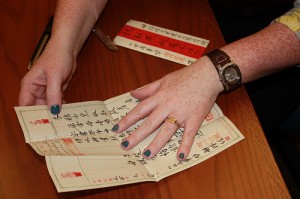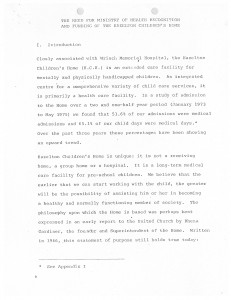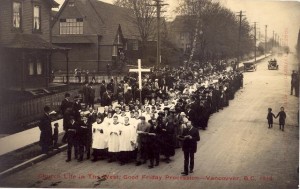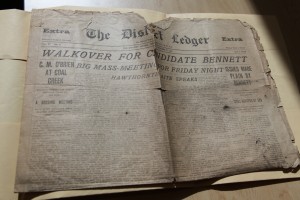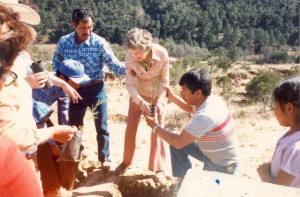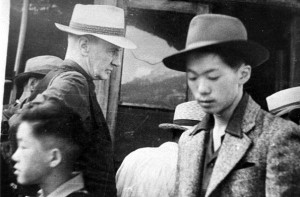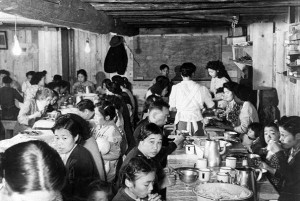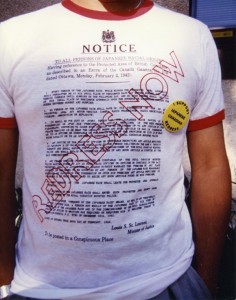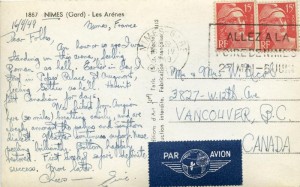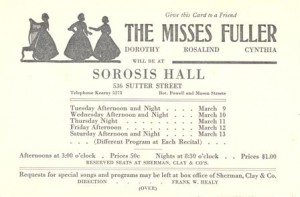We recently had our friends from Chinese Canadian Stories (CCS) join us to host high school students from Sir Winston Churchill Secondary School for a tour of the Chung Collection and a Mandarin language lesson. Afterward, the researchers from CCS mentioned they had found an unopened letter in the Wah Shun Company fonds– could we open it and read what was inside?
Usually when we are first processing a new archival collection we will open unopened envelopes unless there is a compelling reason not to do so (for example a privacy concern, in which case the envelope would not be made available to researchers anyway). The thinking behind this practice is that it would be better for the letter to be gently opened by an archivist than to be torn open by a well-meaning but potentially destructive patron.
Since we had cameras on hand to document the collection tour, the CCS researchers also took photos of the letter opening. We opened it by carefully cutting a very thin slice off the top of the envelope with a pair of scissors. The letter is in Chinese but thankfully Joanne and Lilly from CCS were able to read it for us- the letter was written from a Chinese man in Vancouver, to his son in China, explaining that he was going to be sending him some goods and supplies, and also giving him advice on studying hard in school. No one may ever know why the letter wasn’t sent!
The letter can be found in Box 1 folder 3 of the Wah Shun Company fonds.
The photo is courtesy of the Chinese Canadian Stories project.
